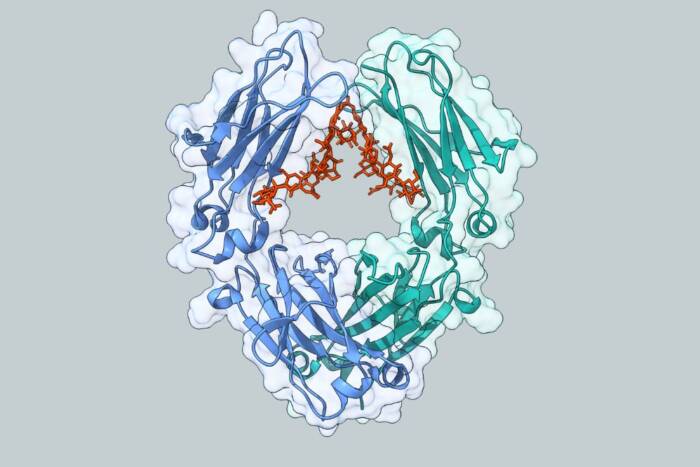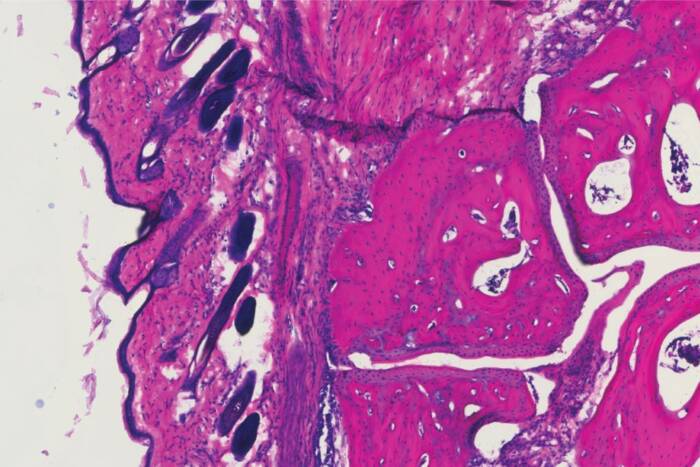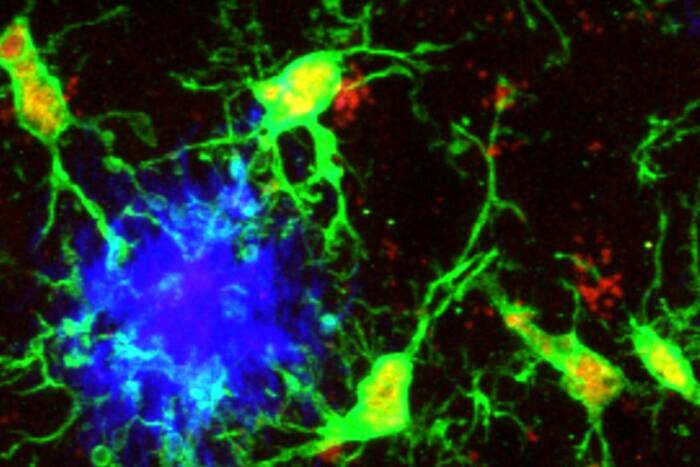Tracking Global Threats Via the Internet
International Monitoring of Emerging Infectious Diseases Provides Early Warnings
A global system that allows for early warning, communications, diagnosis, prevention and control could greatly limit the public health threats of illness and death that emerging diseases pose, says Stephen S. Morse, Ph.D., assistant professor of virology at The Rockefeller University.
“An infection appearing anywhere in the world could span entire continents within days or weeks, yet no global system of communications, clinical facilities and laboratory currently exists,” says Morse, who plans to discuss global surveillance and an Internet-based communications system on Monday, Feb. 12, at the annual meeting of the American Association for the Advancement of Science in Baltimore, Md.
However, Morse notes, recent developments in technology have increased the feasibility and cost-effectiveness of operating a monitoring system. For example, the global email conference system of the international Program for Monitoring Emerging Diseases (ProMED), which Morse chairs, allows 3,500 subscribers in more than 100 countries to report incidents or outbreaks, share infectious disease problems and discuss improving surveillance and response capabilities.
“ProMED represents the kind of communications system needed in an ideal global monitoring system,” explains Morse. “Already we have seen the fruits of using the Internet to instantly report and examine emerging diseases not only in humans but animals and agriculture as well. In April 1995, for example, ProMED carried the first report of Japanese encephalitis in Australia.”
In addition, ProMED members have reported and followed the 1994 deaths of race-horses and their trainer in Australia caused by a newly identified morbillivirus, the 1995 Ebola outbreak in Zaire, a 1995 outbreak of avian influenza in Mexico and a banana disease that caused severe crop losses in Costa Rica.
In addition to a communications system like ProMED, a comprehensive monitoring system requires, Morse explains, a global network of strategically located facilities, tied together by a central hub, and each having a hospital-like base to identify and treat patients and provide access to them. Staff members at the centers would investigate the source of an infection and how it spreads within the population and use laboratories to differentiate common illnesses from new diseases or the introduction of a disease to a population.
An international monitoring system is increasingly crucial as outbreaks of such emerging pathogens as HIV, Hantavirus, Ebola virus and new strains of influenza virus occur, according to expert groups including the U.S. Institute of Medicine (IOM), the U.S. Centers for Disease Control and Prevention (CDC) and the World Health Organization (WHO).
ProMED began in September 1993 in Geneva at a conference initiated by the Federation of American Scientists and cosponsored by WHO. The members of the ProMED steering committee include representatives of WHO, CDC, the U.S. National Institutes of Health, the International Office of Epizootics and other organizations and academic institutions. ProMED collaborates with SatelLife/HealthNet to reach participants in developing countries and remote areas where access to telephones and computer links is limited.
Infectious diseases are dubbed emerging when they are new to people, occur more frequently or spread to new locations. Several factors can contribute to the emergence of a disease: ecological changes like shifting climates or building homes in reforested areas, public health failures such as contaminated water supplies or poor food preparation, drug resistance and movement of people for travel, for economic improvement or because of war.


